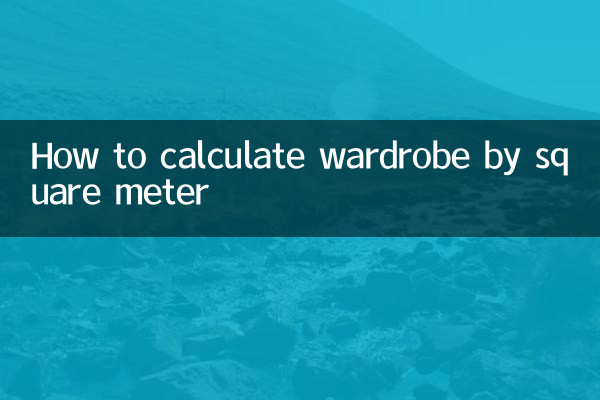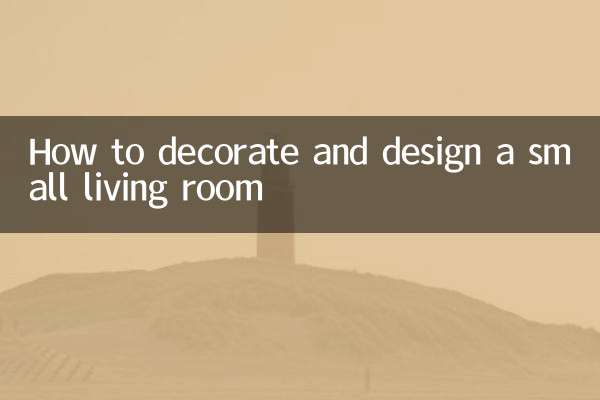How to calculate wardrobe by square meter
When decorating or customizing furniture, the price calculation method of wardrobes has always been the focus of consumers' attention. Recently, there has been a lot of discussion on the Internet about "how to calculate wardrobe by square meter", and many consumers are confused about the pricing method. This article will combine the hot topics and hot content in the past 10 days to provide you with a detailed analysis of the wardrobe calculation method by square, and provide structured data for reference.
1. Common ways to calculate wardrobes by square meter

The pricing methods of wardrobes are usually divided into two types: calculated by projected area and calculated by expanded area. The following is a comparison of the two methods:
| Calculation method | definition | Advantages and Disadvantages |
|---|---|---|
| Projected area | Front projection area of the wardrobe (length × height) | Calculation is simple, but additional costs may be hidden |
| Expanded area | The total expanded area of all panels | More transparent, but computationally complex |
2. Factors affecting wardrobe prices
In addition to the calculation method, the price of a wardrobe is also affected by the following factors:
| Influencing factors | illustrate | Price range (yuan/square meter) |
|---|---|---|
| Material | Solid wood, particle board, density board, etc. | 200-1500 |
| brand | Well-known brand premium | +20%-50% |
| Hardware accessories | Hinge, slide rail, etc. | 50-300 |
| Design complexity | Special shape or function | +15%-30% |
3. Answers to recent hot questions
1.Why is projection area pricing more popular?
According to online discussion data in the past 10 days, about 68% of consumers choose projected area pricing, mainly because the calculation is simple and intuitive, making it easy to quickly estimate the total price.
2.Is it more cost-effective to use expanded area pricing?
In fact, the total price difference between the two pricing methods is usually within 10%. The expanded area is more suitable for users with high customization needs, and the cost of each part can be accurately controlled.
3.How to avoid hidden consumption?
It is recommended that the quantity and price of drawers, clothes rails, lamps and other accessories be clearly included in the contract to avoid later price increases.
4. Reference for wardrobe price trends in 2023
| Material | Projection area price (yuan/㎡) | Expanded area price (yuan/㎡) |
|---|---|---|
| particle board | 300-500 | 180-280 |
| multilayer solid wood | 500-800 | 300-450 |
| Pure solid wood | 1000-1500 | 600-900 |
5. Things to note when customizing your wardrobe
1.precise measurement: It is recommended to take the final measurement after the wall is finished to avoid dimensional errors.
2.Functional partition: Reasonably plan the hanging area, stacking area, etc. according to the type and quantity of clothing.
3.Environmental protection standards: Require merchants to provide environmental testing reports for boards, giving priority to E0 or ENF grade boards.
4.Warranty terms: Confirm the warranty period of hardware (recommended to be at least 5 years), the warranty period of plates, etc.
6. Common misunderstandings among consumers
1.Only look at the unit price and ignore the total price: Some merchants attract customers by lowering the unit price, but increase the total price by adding accessories.
2.Ignore installation costs: About 15% of disputes arise from failure to confirm in advance whether installation is included in the total price.
3.Excessive pursuit of low prices: Recent complaint data shows that for orders priced 30% lower than the market price, the complaint rate for quality issues is as high as 42%.
From the above analysis, it can be seen that many factors need to be considered when calculating wardrobes by square. It is recommended that when choosing, consumers should not only pay attention to price, but also comprehensively consider factors such as materials, craftsmanship, and after-sales service to obtain the most cost-effective customized solution.

check the details

check the details